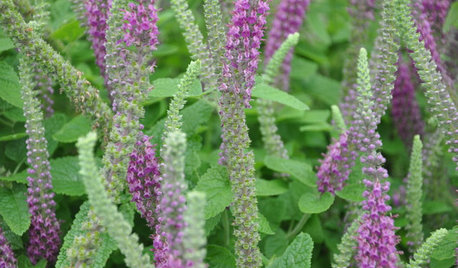Thai chile sauce seasoning tree
baci
19 years ago
Related Stories

HOLIDAYSHouzz Call: Share Your Favorite Christmas Tradition
Is there one thing you do, watch or eat that heralds the arrival of Christmas? Post a photo and let us know!
Full Story
FEEL-GOOD HOME9 Smells You Actually Want in Your Home
Boost memory, enhance sleep, lower anxiety ... these scents do way more than just smell good
Full Story
GARDENING AND LANDSCAPINGWorld of Design: 10 Home Gardeners Show Us Their Sweet Summer Harvests
From New York to Tokyo, these gardeners have turned their yards, terraces and rooftops into places of bounty
Full Story
FARM YOUR YARDIf You Have Room for Only One Summer Crop ...
Get an edible that’s long on flavor even if you’re short on space, with a long-time gardener’s favorite picks
Full Story
FEEL-GOOD HOMESimple Pleasures: Make Do and Mend
Experience the satisfaction of fixing, repurposing and creating things yourself around the home
Full Story
KITCHEN DESIGN9 Questions to Ask When Planning a Kitchen Pantry
Avoid blunders and get the storage space and layout you need by asking these questions before you begin
Full Story





Violet_Z6
baciOriginal Author
Violet_Z6
baciOriginal Author
Violet_Z6
baciOriginal Author
tintin002
baciOriginal Author
Eggo
baciOriginal Author
baciOriginal Author
patusho25
baciOriginal Author
patusho25
baciOriginal Author
patusho25
baciOriginal Author
pitimpinai
baciOriginal Author
solanum1
baciOriginal Author
solanum1
baciOriginal Author
Violet_Z6
baciOriginal Author
Violet_Z6
HU-307936883